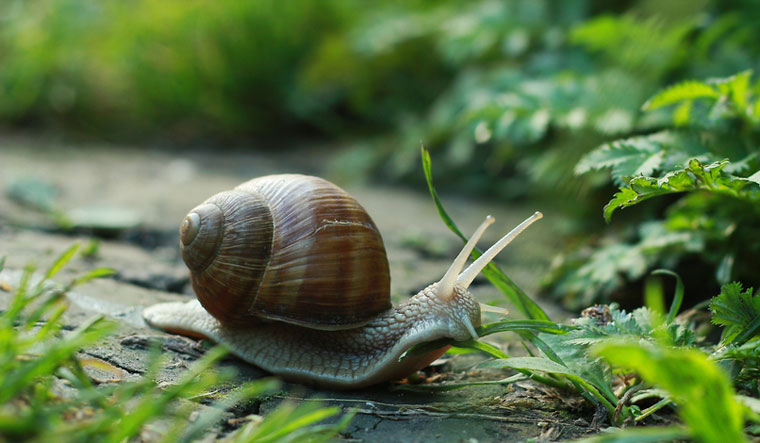A recent study conducted by the Institute of Science and Technology Austria (ISTA), the University of Sheffield, and the University of Gothenburg has shed light on the genetic changes that allow marine snails to transition from egg-laying to live birth . This transition is an evolutionarily recent phenomenon and provides valuable insights into the genetic basis of live-bearing.
Animals reproduce in one of two distinct ways: egg-laying or live birth. Egg-laying is a reproductive strategy that arose deep in evolutionary time, long before animals made their way onto land . Throughout evolution, there have been many independent transitions to live-bearing across the animal kingdom, including insects, fish, reptiles, and mammals.
The researchers focused on a specific species of marine snail called Littorina saxatilis, which has recently evolved live-bearing while its related species continue to lay eggs This species of snail is unique in terms of its breeding strategy, making it an ideal subject for studying the transition from egg-laying to live birth .
The study found that the switch to live-bearing in marine snails is caused by approximately 50 genetic changes scattered throughout the snail genome . These genetic changes are responsible for the transition from egg-laying to giving birth to live offspring.
The advantage of studying live-bearing in marine snails is that this reproductive strategy evolved within the past 100,000 years, which is relatively recent in evolutionary terms . This provides researchers with a unique opportunity to investigate the genetic basis of live-bearing in a species that evolved independently from mammals, which have been giving live birth for around 140 million years.


